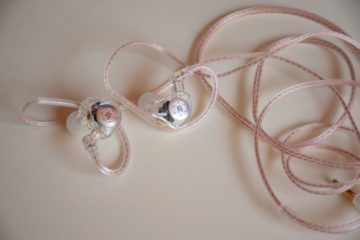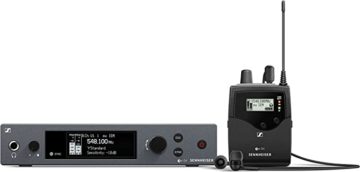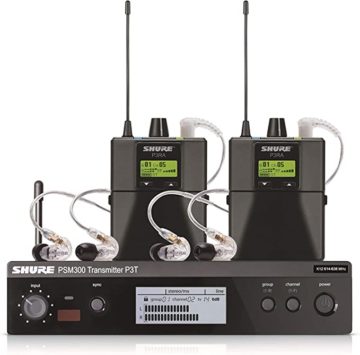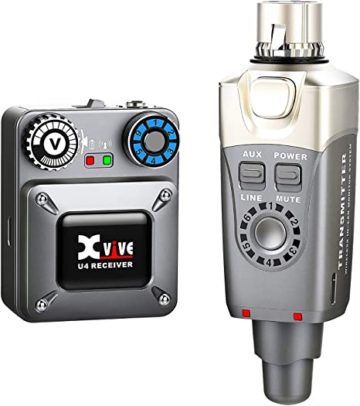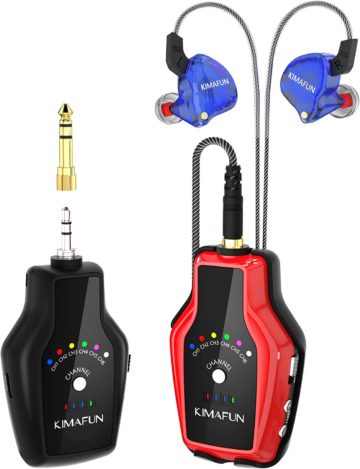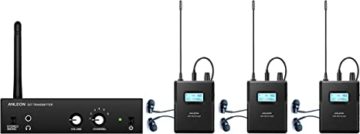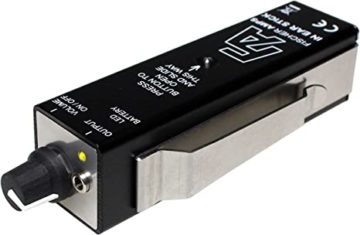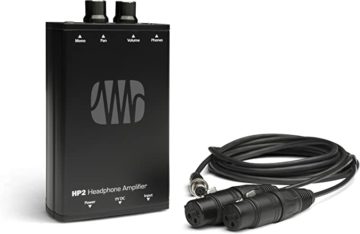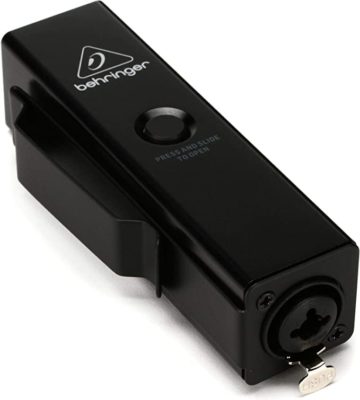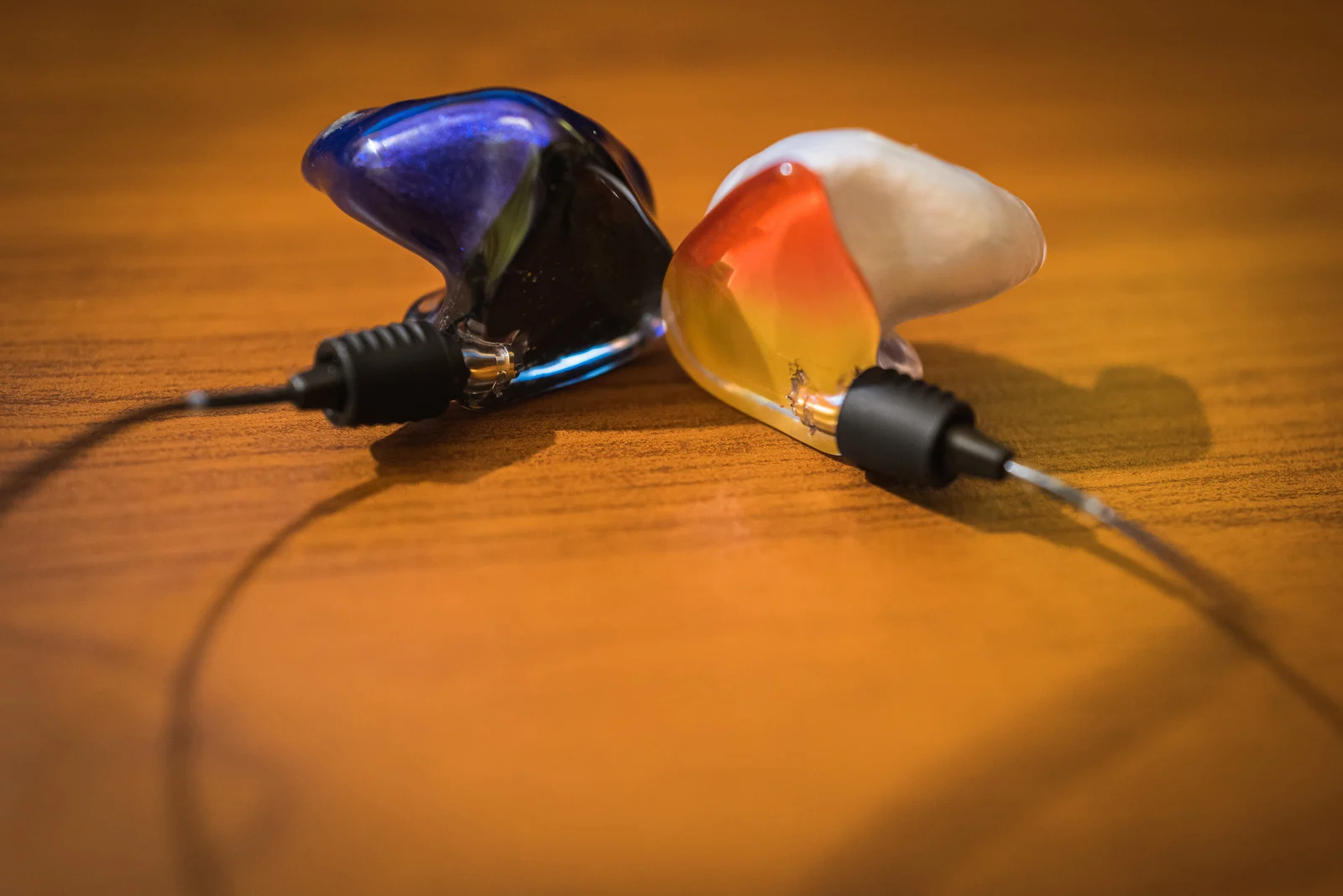If you want the best system overall, I suggest going for the Sennheiser EW 300 G4 Series. Everybody has had good things to say about it since it’s efficient, reliable, and built to last.
Best Electronic Drum Headphones
Unveiling the top electronic drum headphones - from budget finds to premium sound quality. Elevate your drumming experience now!
